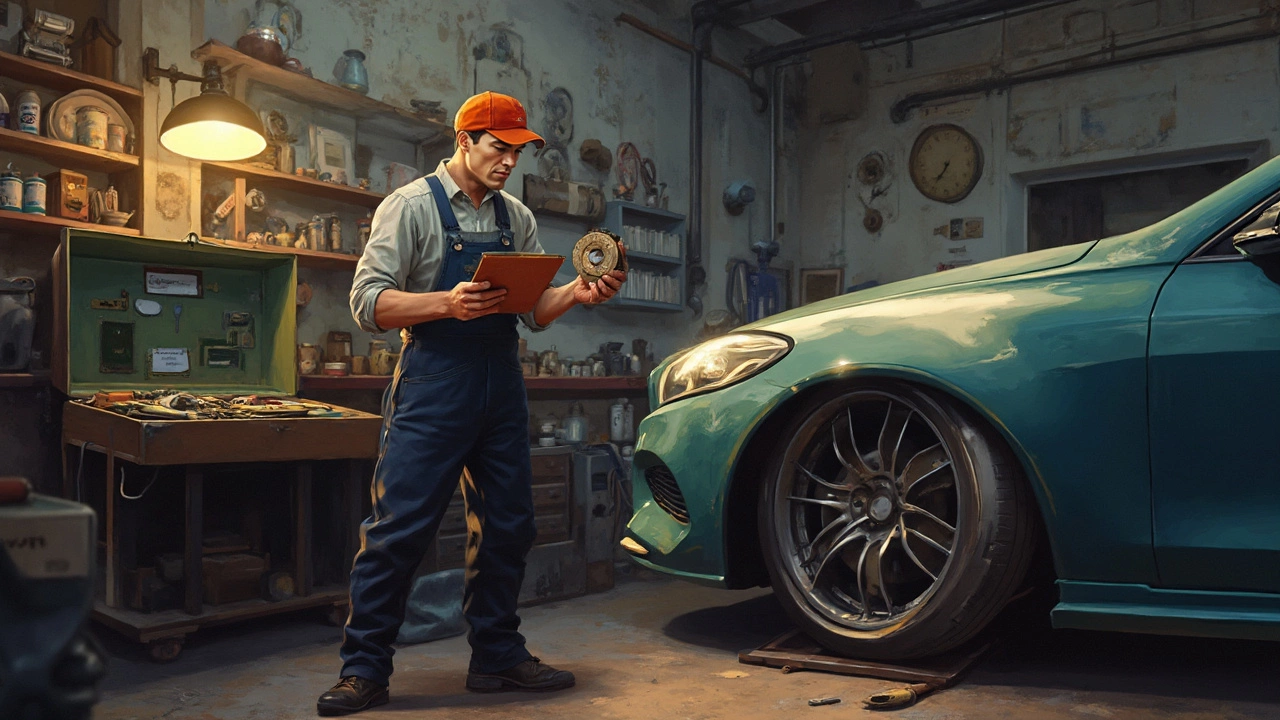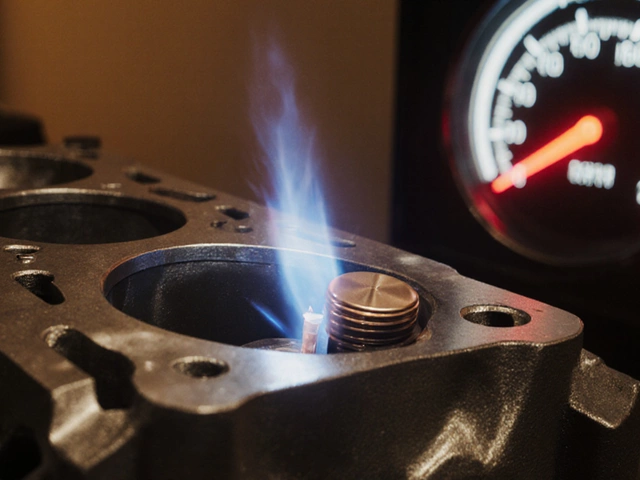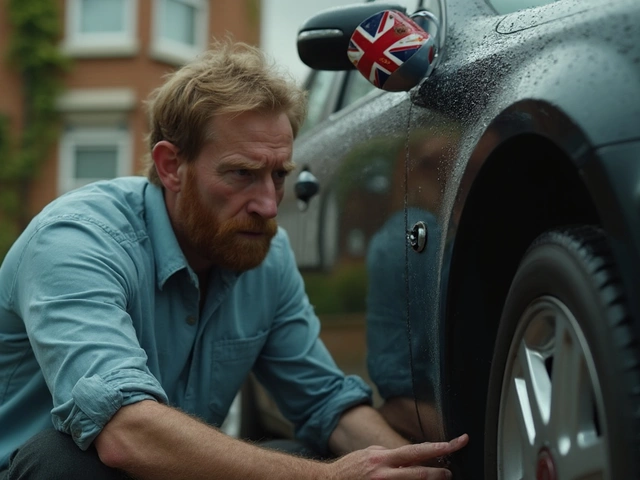Rotors: The Unsung Heroes of Your Brakes
Ever wonder why your car can stop on a dime? Thank the rotors – the metal discs that work with the brake pads to slow you down. When they’re in good shape, stopping feels smooth. When they’re worn, you’ll notice squeaking, vibrations, or a longer stopping distance. This guide shows you how rotors work, when to act, and easy steps to keep them healthy.
How Rotors Work
Rotors sit behind each wheel. When you press the brake pedal, hydraulic pressure pushes the pads against the spinning rotor. Friction slows the rotor, which in turn slows the wheel. The heat generated is absorbed by the rotor’s metal and vented through its slots or drilled holes. Over time, the surface can get scored, warped, or become too thin, and that’s when problems start to show.
When to Replace or Repair
Look out for these signs: a grinding noise that doesn’t go away, a pulsating brake pedal, or a noticeable wobble when you brake. If you see deep grooves or rust spots that don’t clean off, the rotor is probably past its prime. Most shops recommend replacing rotors once they’re within 0.0015 inches of the minimum thickness spec. In many cases, a simple resurfacing can buy you another few thousand miles, but if the rotor is cracked or severely warped, swap it out.
DIYers can check rotor thickness with a micrometer. Measure both sides and compare to the spec on the manufacturer’s sticker (usually on the wheel arch). If you’re under the limit, don’t gamble – replace it. Also, always replace brake pads at the same time you work on rotors. Fresh pads mate better with a fresh rotor, giving you smoother stops and longer part life.
Keeping rotors clean helps too. After a wash, give the rotors a quick rinse to remove brake dust and road grime. If you live in an area with salty winter roads, apply a light coat of anti‑rust spray every few months. It won’t stop wear, but it reduces corrosion that can cause uneven braking.
When you need a new set, shop around for reputable brands that match your car’s OEM specs. Many local garages, including Northwich Tyres Centre, offer rotor fitting as part of a brake service package. They’ll handle the torque specs and check for seized calipers, ensuring everything works together.
Bottom line: rotors are cheap compared to the cost of an accident or a blown‑out brake job. Regular checks, listening for noises, and watching for pedal feel changes will catch issues early. Keep your rotors in shape, and your brakes will thank you every time you hit the road.
 18 June 2025
18 June 2025
Is it Cheaper to Resurface or Replace Rotors? Real Costs for Your Brakes
Wondering if you should resurface or replace your brake rotors? This article breaks down the actual costs, benefits, and drawbacks of each choice. You'll get real-world advice, plus tips to save money without risking safety. Learn how to tell if resurfacing is even an option for your car. Equip yourself with smart info before your next repair bill surprises you.
 10 March 2025
10 March 2025
New Rotors with Old Brake Pads: Is It Worth It?
Wondering if you can use old brake pads with new rotors? This article dives into pros and cons, exploring practical tips that help you decide what's best for your car. Whether aiming to save money or prioritize safety, understanding the compatibility between rotors and brake pads is essential. Learn about the wear patterns, potential risks, and expert opinions that can guide your decision-making process.
 14 February 2025
14 February 2025
Brake Pads or Rotors: How to Tell the Difference
Brakes are essential for safety, but how can you tell whether it's the brake pads or rotors that need attention? This article breaks it down with easy-to-understand signs and symptoms. We'll explore common clues that can help you diagnose the problem. From unusual noises to changes in your car's braking performance, you'll find tips on what to listen for and how to inspect the parts. Knowing what to look for can save you time and money at the mechanic's.
Latest Posts
-

Engine Oil Balance: Too Much or Too Little - What's Best?
-

Are Expensive Air Filters Worth It? Comparing Air Filter Effectiveness
-

Do Spark Plugs Add Horsepower? Myths, Facts, and How to Choose the Right One
-

Brake Pads: How to Tell When It's Time for a Change
-

How Long Do Car Batteries Last? An Essential Guide for Drivers

0